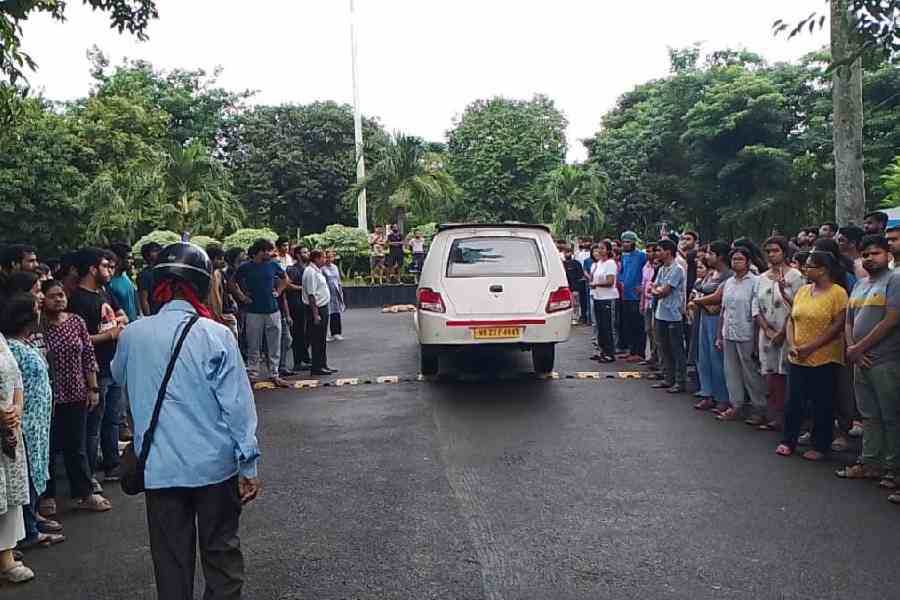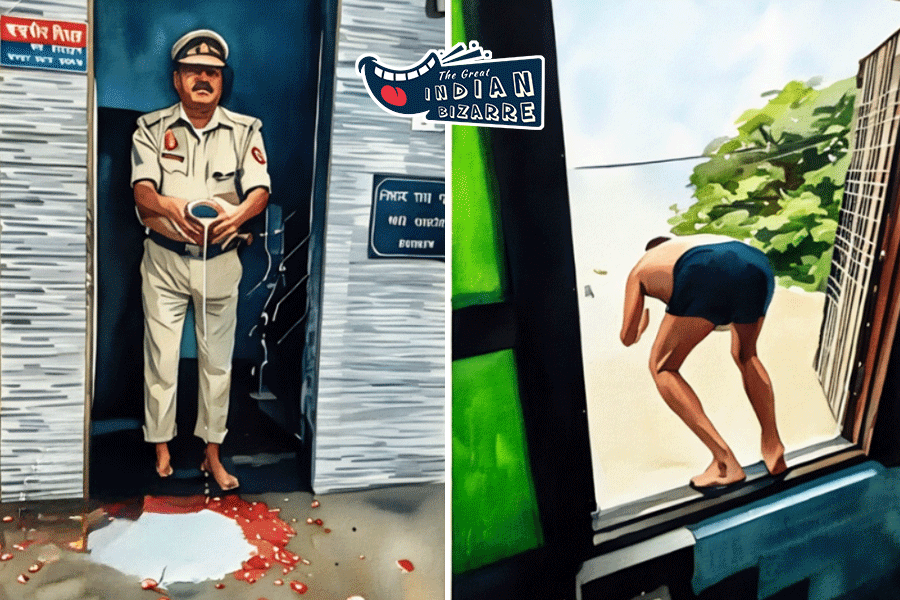 |
Last week Sunil Mitra went to see his parents when a close relative of his came over. Since Sunil has recently got a good job, the relative, who is an insurance agent, took the opportunity to coax him into buying Life Insurance Corporation’s Jeevan Tarang policy.
“He (the relative) told me if I buy a Jeevan Tarang policy for a sum assured of Rs 10 lakh and pay the premium for 15 years, I shall get back after 15 years the total premium paid plus Rs 55,000 every year till I live. In case of death after 15 years, the insurer will pay the sum assured of Rs 10 lakh plus loyalty additions, if any. Isn’t it a fantastic plan where you get a lump sum money back after the premium paying term, a pension-like income and return of the sum assured on death, all in one?” Sunil told his friend.
His friend, however, knew better. He explained to Sunil how he could ensure a much higher life coverage and survival benefits by investing money in alternative avenues.
Benefit count
Let us understand the different benefits on survival or on the death of the policyholder that the Jeevan Tarang plan promises to offer.
Jeevan Tarang is a whole life, money-back policy. This is a ‘with-profits’ plan, that is the policyholder will get a simple reversionary bonus that the insurer may announce from time to time. The bonus is announced on the basis of per Rs 1,000 sum assured and is payable after a specified time period.
In the case of the Jeevan Tarang plan, the specified period is the premium paying term and the total accumulated bonus is paid out as lump sum to the policyholder upon completion of the premium paying term.
The plan offers three premium paying terms — 10 years, 15 years and 20 years. But the life insurance coverage (equivalent to the sum assured) continues till the policyholder dies or survives 100 years of age, whichever is earlier. If the policyholder dies within the premium paying term, the sum assured is paid along with accumulated bonuses.
If the policyholder dies after the premium paying term but before attaining the age of 100 years, he/she will get back the accumulated bonuses as lump sum at the end of the premium paying term plus an annual payout equivalent to 5.5 per cent of the sum assured each year till death plus the sum assured with loyalty additions, if any, on death. The sum assured with loyalty additions is also paid to the policyholder on surviving the age of 100.
Reality check
Now, let us see how much Sunil would have to pay and what he would have got under different circumstances if he had to buy the policy for a sum assured of Rs 10 lakh.
For a Rs 10-lakh policy, 30-year-old Sunil would have to pay an annual premium of Rs 1,04,688 for a premium paying term of 10 years, Rs 67,772 for 15 years and Rs 48,220 for 20 years.
Let us assume that the insurer gives reversionary bonuses at the rate of 6 per cent — LIC had actually announced bonuses for Jeevan Tarang plan at the rate of 3.2 per cent in 2005-06, 4.4 per cent for 2006-07 and 2007-08 each.
Thus, depending on the premium paying term, the lump sum money Sunil will get back will be Rs 6 lakh (for 10 years), Rs 9 lakh (for 15 years) and Rs 12 lakh (for 20 years). If he survives till 80 years, he will continue to receive an annual payment of Rs 55,000 (at the rate of 5.5 per cent of basic sum assured) for each year of survival.
On his death, Sunil’s nominee will receive a lump sum equal to the sum assured plus loyalty additions, if any. Assuming that the insurer gives a loyalty addition at the rate of 2.5 per cent of basic sum assured, the benefits that Sunil may get under different premium paying terms is illustrated in the chart (Table 1).
Know what is best
Sunil can increase both his life insurance cover and survival benefits spending the same amount of money. Let’s see, how?
He can buy a term assurance policy having a sum assured of Rs 20 lakh (double the amount he shall get under the Jeevan Tarang plan) from Aegon Religare Life Insurance Company. The annual premium rates are given in the chart (Table 2). This way he can ensure that if he dies during the premium paying term, his family gets twice as much financial protection as in Jeevan Tarang. Sunil can then invest the extra premium (the annual premium in Jeevan Tarang policy minus the annual premium in Aegon Religare plan) in high yielding instruments.
To be on the safer side, one can invest in a bank fixed deposit or Public Provident Fund. If one can take a little risk, one can consider investing in a good diversified mutual fund. While from a long-term bank deposit or a PPF account one can get 8 per cent interest, one can comfortably earn a 10 per cent compounded annual return in the long run by investing in equities.
To get pension-like income (as in Jeevan Tarang), one can reinvest the amount after 10, 15 or 20 years, as the case maybe, in fixed-income instruments such as immediate annuity plan, bank fixed deposits, post office monthly income scheme and so on.
Depending on the instrument that you choose, the annual interest income can be Rs 80,000 or more compared with Rs 55,000 in a Jeevan Tarang plan. It is, therefore, advisable that you choose an insurance policy that offers a good balance between life cover and survival benefits.











